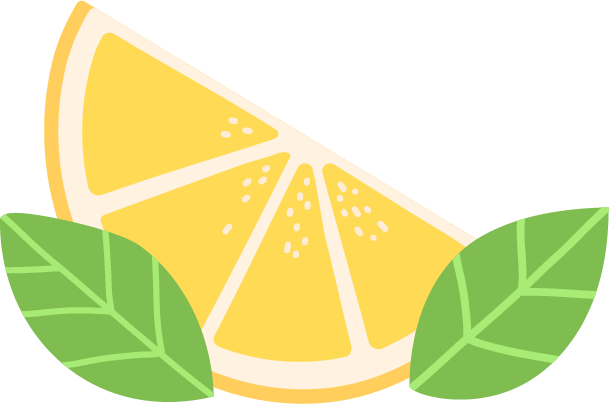In this tutorial we are going to discover how to reduce boilerplate code with a very useful library: Project Lombok.
Project Lombok is a popular Java library designed to reduce boilerplate code in our applications. It achieves this by generating repetitive and commonly-used methods (like getters or setters) at compile time using annotations. This means you can write less code while keeping your classes clean and readable.
In this tutorial, we will create examples to demonstrate how easy it is to integrate this library into your project and eliminate a significant amount of boilerplate code.
First, we should create a new Gradle Project. In the build.gradle file, we need to add Project Lombok dependency and ‘application’ plugin to simplify the execution of our application. We also need to add annotationProcessor in our dependencies like in the example below:
plugins {
id 'java'
id 'application'
}
group 'org.explainjava'
version '1.0'
repositories {
mavenCentral()
}
application {
mainClassName = "org.explainjava.Main"
}
dependencies {
compileOnly 'org.projectlombok:lombok:1.18.36'
annotationProcessor 'org.projectlombok:lombok:1.18.28'
}
Next, we should create a new class with some basic attributes to represent our lemonades:
public class Lemonade {
private Long id;
private String name;
private Double price;
}
Because we know that Encapsulation of the data is a good principle in OOP applications, we should add getters and setters, but with the help of Project Lombok, we can use just two annotations:
@Getter @Setter
public class Lemonade {
private Long id;
private String name;
private Double price;
}
That’s not all! We can add more annotations for constructors and other methods like toString:
@Getter @Setter @AllArgsConstructor @NoArgsConstructor @ToString
public class Lemonade {
private Long id;
private String name;
private Double price;
}
Let’s check our code in the Main method to see how it works:
public class Main {
public static void main(String[] args) {
Lemonade lemonade = new Lemonade(1L, "Sweet Lemonade", 2.5);
System.out.println(lemonade);
}
}
Another good way to use the Lombok Project is the usage of @Data annotation. This annotation wraps @Getter, @Setter, @ToString, @EqualsAndHashCode and @RequiredArgsConstructors annotations into a single one.
Another good usage of this library is when you create Data Transfer Objects which often require a lot of repetitive boilerplate code.
Let’s check a new example:
@Data
public class LemonadeData {
private final String name;
private final Double price;
}
And the usage in our already created main method:
public class Main {
public static void main(String[] args) {
Lemonade lemonade = new Lemonade(1L, "Sweet Lemonade", 2.5);
System.out.println(lemonade);
LemonadeData lemonadeData = new LemonadeData("Bitter lemonade", 2.4);
System.out.println(lemonadeData);
}
}
We can use this library to create classes instantiated with the Builder pattern. We can check the next example:
@Builder @ToString
public class LemonadeRecipe {
private String name;
private String description;
}
And the test class:
public class Main {
public static void main(String[] args) {
Lemonade lemonade = new Lemonade(1L, "Sweet Lemonade", 2.5);
System.out.println(lemonade);
LemonadeData lemonadeData = new LemonadeData("Bitter Lemonade", 2.4);
System.out.println(lemonadeData);
LemonadeRecipe lemonadeRecipe = LemonadeRecipe.builder().name("Secret recipe").description("Secret description").build();
System.out.println(lemonadeRecipe);
}
}

In this tutorial we explored some examples of using Project Lombok to reduce the amount of boilerplate code that usually appears in Java classes. You can use this library to have a cleaner and more readable project.
Learn advanced concepts, work on real-world projects, and fast-track your journey to becoming a proficient Java developer. Start now and unlock your full potential in the world of Java programming!
Start now and unlock your full potential in the world of Java programming!


The place where you can start your Java journey.
© All Rights Reserved.